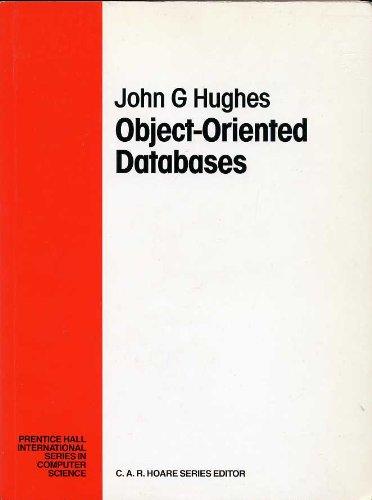Question
The programming language has to be C. Do you remember rand()? Do you remember how it can use srand() for a seed? Did you know
The programming language has to be C.
Do you remember rand()? Do you remember how it can use srand() for a seed? Did you know that rand uses that seed as the initial state of their random number generator. Did you know that a random number generator is really a deterministic sequence generator?
Yeah! So your next random number might be calculated using a recursive equation like:
rand_n = rand_(n-1) * coeffecient1 + coeffecient2
That is the random number produced is the previous random number times coeffecient1 plus coeffecient2.
Random number generators rely on unsigned integer overflow.
For this question, question2.c has already been started. Don't change the lines above // Don't change anything above this line or below // Don't change anything below this line.
Replace // Your code goes here with your code.
Based on what's already in question2.c provide the functions seedMyRand and myRand. Code in question2.c that has been already started:
#include
#define DEFAULT_SEED 1 #define DEFAULT_COEFFECIENT1 1234567891 #define DEFAULT_COEFFECIENT2 987654321 const uint64_t MODULUS_CONSTANT = 10; const uint64_t DEFAULT_NUMBERS = 1;
uint64_t coeffecient1 = DEFAULT_COEFFECIENT1; uint64_t coeffecient2 = DEFAULT_COEFFECIENT2;
// Don't change anything above this line
// Your code goes here
// Don't change anything below this line
uint64_t input_u64(uint64_t default_value) { /* Read a u64 from the input, (user or file) * using default_value instead if the user enters 0 */ uint64_t input_value = 0; int scanned = scanf("%llu", (long long unsigned int *) &input_value); if (scanned != 1) { abort(); } if (input_value == 0) { return default_value; } return input_value; }
int main() { printf("What is the seed? "); uint64_t input_seed = input_u64(DEFAULT_SEED);
printf("What is coeffecient1? "); uint64_t input_coeffecient1 = input_u64(DEFAULT_COEFFECIENT1);
printf("What is coeffecient2? "); uint64_t input_coeffecient2 = input_u64(DEFAULT_COEFFECIENT2);
printf("How many numbers? "); uint64_t numbers = input_u64(DEFAULT_NUMBERS);
seedMyRand(input_seed, input_coeffecient1, input_coeffecient2);
for (uint64_t number = 0 ; number < numbers; number++) { printf("%llu ", (unsigned long long) myRand() % MODULUS_CONSTANT); }
return 0; }
Step by Step Solution
There are 3 Steps involved in it
Step: 1

Get Instant Access to Expert-Tailored Solutions
See step-by-step solutions with expert insights and AI powered tools for academic success
Step: 2

Step: 3

Ace Your Homework with AI
Get the answers you need in no time with our AI-driven, step-by-step assistance
Get Started


